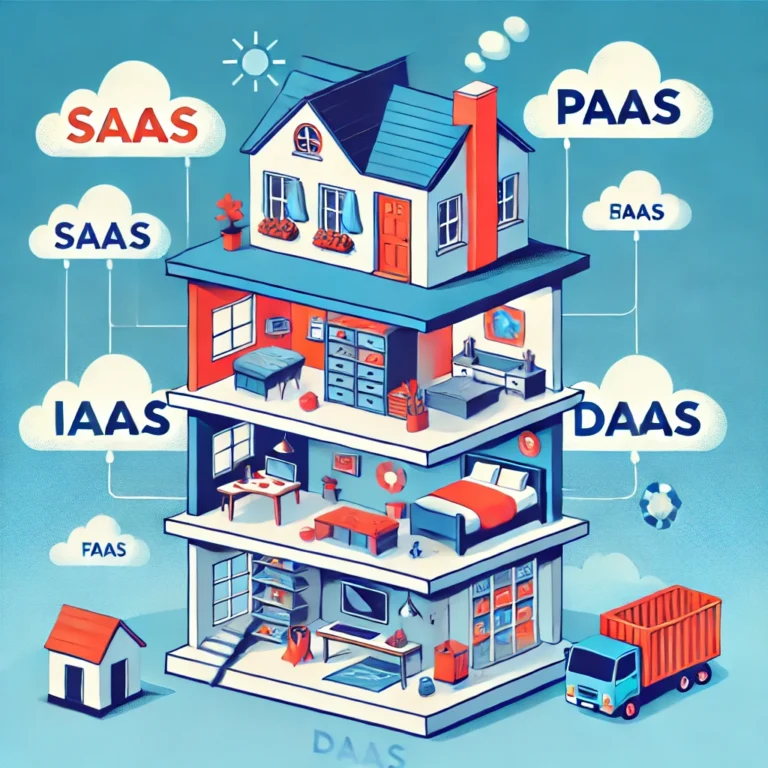The world of cloud computing can seem like a maze of complex terms, but understanding the basics doesn’t have to be confusing. Let’s break down cloud service models like SaaS, PaaS, and IaaS using everyday examples, so you can get the gist of how they work. Whether you’re a student, tech beginner, or just curious, this guide has got you covered!
1. SaaS (Software as a Service): Renting a Fully Furnished House
SaaS is like renting a fully furnished house. Imagine you need a place to stay, but you don’t want to deal with buying furniture or fixing things if they break. You just pay rent, move in, and everything’s ready for you.
With SaaS, you get access to fully managed software through the internet. Apps like Google Docs or Netflix are examples — you don’t need to install or update anything. Just log in, and you’re good to go!
2. PaaS (Platform as a Service): Renting a House with the Basics
PaaS is for those who want to customize things but don’t want to build from scratch. It’s like renting a house that has the essentials (walls, electricity, plumbing), but you can decorate and furnish it however you like.
In the cloud, PaaS offers you a platform to develop applications without worrying about managing servers or storage. Think of it like using Google App Engine or Heroku to build an app — you focus on creating, while the platform handles the heavy lifting.
3. IaaS (Infrastructure as a Service): Renting an Empty Lot to Build On
IaaS is like renting a piece of land to build a house from the ground up. You’re given a plot with some utilities, but it’s up to you to design and construct everything else.
In cloud computing, IaaS provides the “land” — virtual servers, networks, and storage — and you’re in control of setting up the rest. Companies like AWS or Google Cloud Platform offer these resources for businesses and developers who want more control.
4. DaaS (Desktop as a Service): Taking Your Room Anywhere
DaaS lets you access a virtual desktop from any device, similar to magically carrying your bedroom wherever you go. Your same setup is always available, whether you’re using a laptop, tablet, or phone.
With DaaS, your desktop environment lives in the cloud. Tools like Amazon WorkSpaces allow you to access it anywhere, making it super convenient for people who need flexibility.
5. FaaS (Function as a Service): Calling a Repair Person When Needed
FaaS is like calling a repair person only when you need them. Instead of having someone on standby, they come over, do their job, and leave. It’s efficient and saves space!
In the cloud, FaaS (also called serverless computing) allows you to run code on demand. For example, AWS Lambda only activates when a task needs to be performed, making it perfect for quick, specific jobs.
These cloud services give you options based on how much control and responsibility you want. Whether you need a full setup ready-to-go (SaaS) or a foundation to build your own (IaaS), there’s a service model that fits every need.

